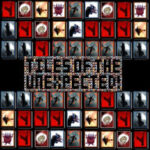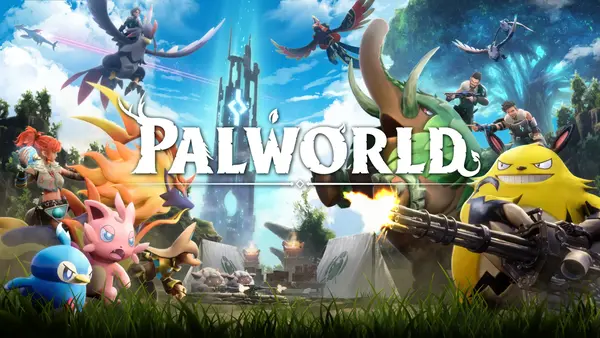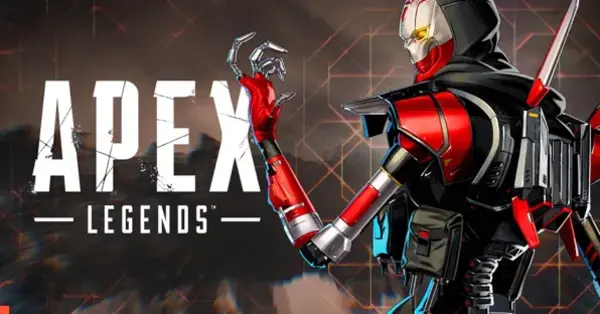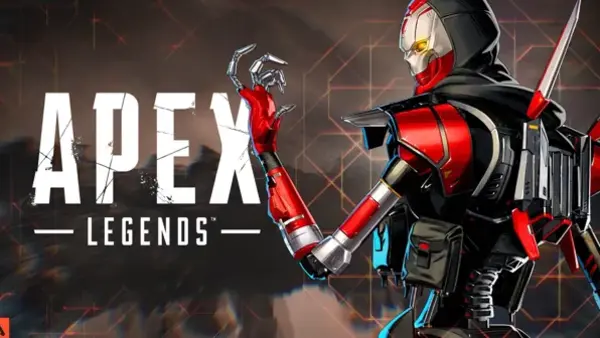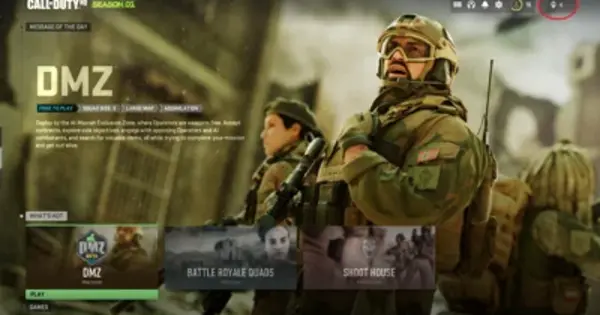1. Core Gameplay and Objectives
In Among Us, players are assigned roles on a spaceship or base: Crewmates or Impostors. Crewmates must complete tasks while identifying and voting out Impostors, who aim to sabotage the mission and eliminate crewmates covertly.
The tension arises from limited information and communication, requiring players to balance cooperation and suspicion.
2. Roles and Player Abilities
Crewmates focus on completing a variety of mini-tasks that involve simple puzzles and maintenance jobs. They have no combat abilities but rely on observation and discussion to spot impostors.
Impostors can sabotage equipment, travel through vents, and eliminate crewmates stealthily, blending in while sowing distrust.
3. Maps and Environmental Variety
Among Us features multiple maps, including The Skeld, MIRA HQ, Polus, and The Airship. Each map offers unique layouts, tasks, and strategic points for both crewmates and impostors.
Different maps encourage varied gameplay strategies, keeping the experience fresh and challenging.
4. Communication and Social Interaction
The game’s heartbeat is player communication during emergency meetings and body discoveries. Players debate, accuse, and defend themselves using text or voice chat.
This social interaction is critical, as players analyze behavior and evidence, making Among Us a dynamic psychological game.
5. Customization and Player Identity
Players can customize their avatars with colors, hats, skins, and pets, fostering individuality in the game lobby.
This personalization adds fun and helps players recognize each other during gameplay.
6. Accessibility and Platform Availability
Among Us is available on multiple platforms, including PC, mobile devices (iOS and Android), and consoles (Nintendo Switch, Xbox, PlayStation).
Its low system requirements and intuitive controls make it accessible to a broad audience worldwide.
7. The Rise to Popularity and Cultural Impact
Though released in 2018, Among Us became a viral hit in 2020 due to streaming on platforms like Twitch and YouTube, particularly during the COVID-19 pandemic.
Its simple premise, combined with social dynamics, led to memes, fan art, and widespread cultural references.
8. Updates and New Features
InnerSloth has continuously updated Among Us, adding new maps, tasks, roles, and quality-of-life improvements.
Features like anonymous voting, additional impostor abilities, and new game modes expand gameplay variety.
9. Challenges and Criticisms
Among Us faces issues such as cheating, trolling, and griefing, which can disrupt gameplay.
Its reliance on player communication can exclude those without access to voice or text chat.
Some players also critique the lack of a built-in robust reporting system for bad actors.
10. The Future of Among Us and Social Deduction Games
Among Us has inspired many imitators and sparked renewed interest in social deduction games. InnerSloth continues to develop new content and has announced a sequel, signaling longevity for the franchise.
The game’s success highlights the appeal of social interaction and psychology in multiplayer gaming.
Conclusion
Among Us transformed simple gameplay mechanics into a social gaming masterpiece, creating unforgettable moments of trust, betrayal, and teamwork. Its global popularity showcases the power of community-driven gaming and remains a staple for casual and competitive players alike. Whether hunting impostors or deceiving crewmates, Among Us offers an endlessly engaging experience that continues to evolve.















